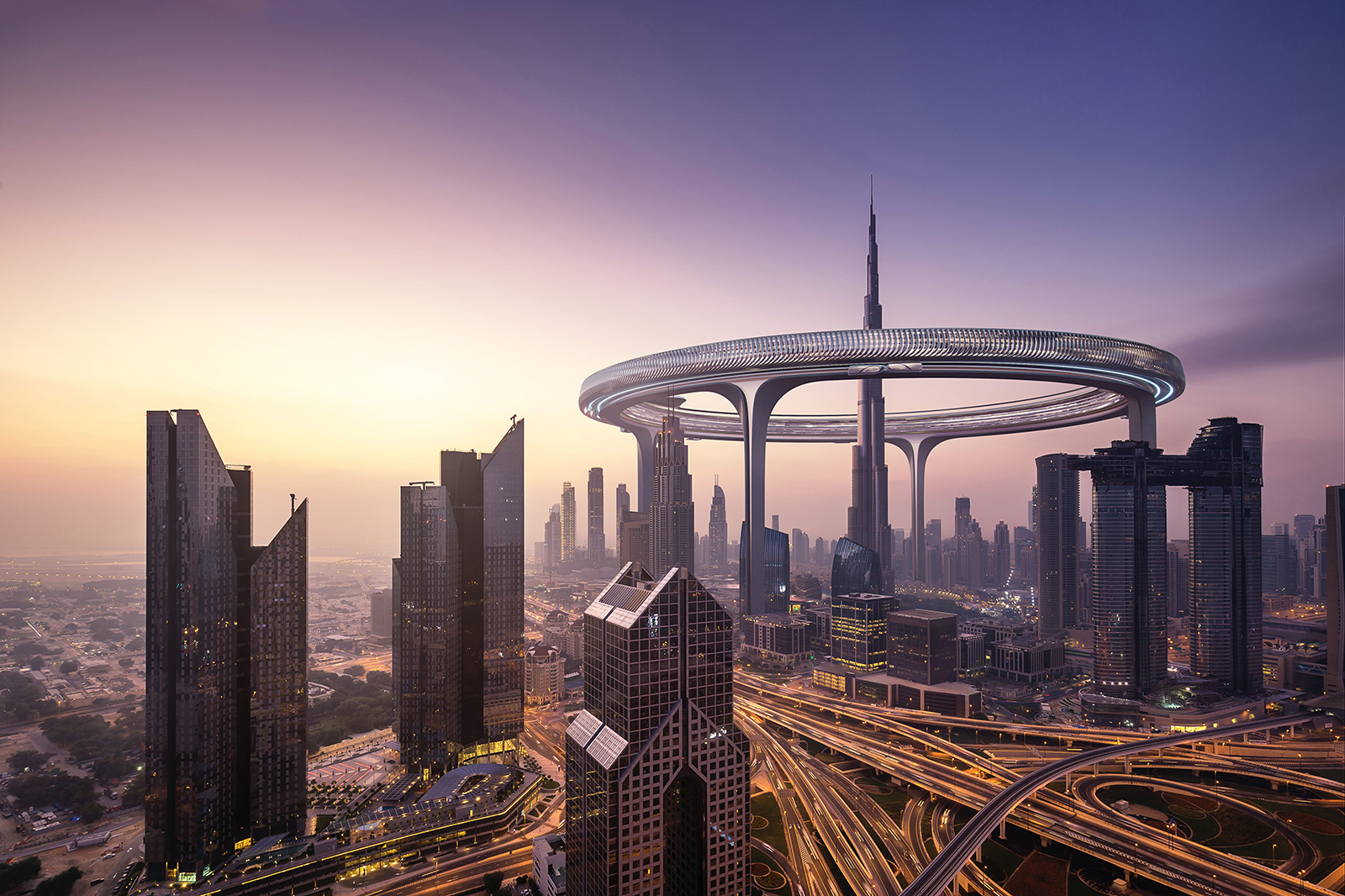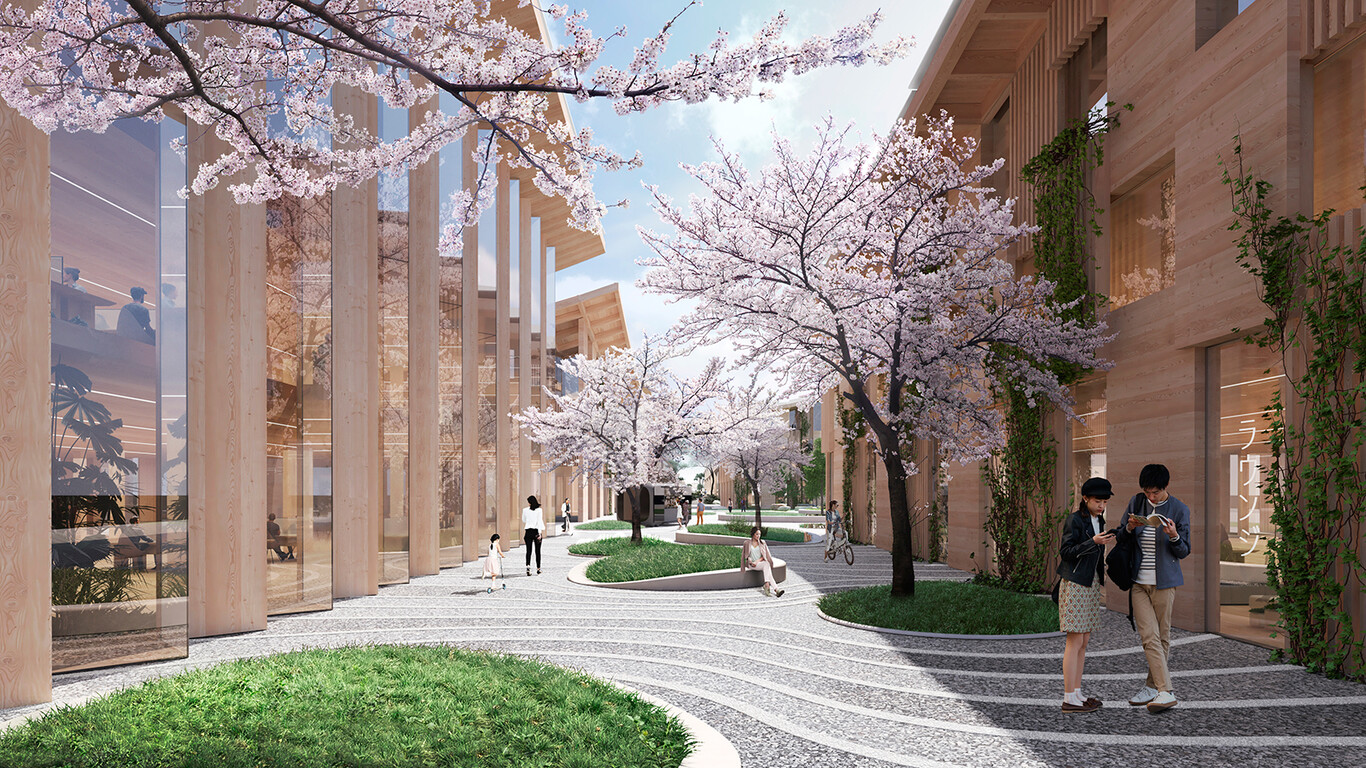
One of the European capitals that attracts the most tourists from around the world is Amsterdam, from the Netherlands. The city has earned a reputation for its liberal culture, including coffee shops selling cannabis and the sex worker storefronts of the Red Light District. However, the city has much more to offer.
The city lies between the IJ Bay to the north and the banks of the Amstel River to the southeast. Not only is it the largest in the country, but it is also positioned as one of the most important cultural and financial centers in Europe. A big change from its founding in the 12th century when it was just a fishing village.
Still, the canals remain a unique attraction of the city, which is known as the “Venice of the North”. If you are thinking of visiting this metropolis, do not miss this list with the places that you cannot miss. Grab your bike and get ready to ride it.
9 MUST-SEE PLACES IN AMSTERDAM

WALK THROUGH THE CANALS
As we said before, the canals are part of the charm of the city. Amsterdam has 165 canals and 1,281 bridges, and they are recognized as one of the UNESCO World Heritage Sites. To tour them, you just have to choose one of the many tours that are organized.
THE VAN GOGH MUSEUM
Whether you are an art fan or not, visiting the Vincent Van Gogh museum is a must. This enclosure opened its doors in 1973 and has become one of the most important tourist attractions in the city. With one of the best collections of the Dutch painter, it is undoubtedly an unmissable jewel. Other interesting museums are the Rembrandt House Museum and the Stedelijk Museum.
THE ROYAL CONCERT GEBOUW
This concert hall, home to the Royal Concertgebouw Orchestra, is considered one of the best in the world thanks to its acoustics. Its construction began in 1883, and since then it has been modified and rebuilt several times. If you have the opportunity to attend a concert it will be an unforgettable experience xxx gratuit.
THE ANNE FRANK HOUSE
Thanks to her diary, Anne Frank has become one of the most famous symbols of the Nazi occupation. This museum, opened in 1960, is located in the house where she and her family lived in hiding before being discovered. An emotional but necessary visit.
THE RIJKSMUSEUM
If you want to learn more about the history of the Netherlands, this museum is a must. Also known as the National Museum of Amsterdam in Spanish, you will be able to see collections on history, crafts and art, including works by Rembrandt van Rijn, Rubens, Mondrian, Van Gogh or Goya. There are also collections from Egypt, and Asia.
HEINEKEN EXPERIENCE
Beer fan? The Heineken Experience is for you, as this tour will take you through the brand’s first distillery, and you’ll learn about the beer production process, as well as Heineken itself. In addition, you will have the opportunity to participate in a tasting.
WESTERGASFABRIEK
It is an old gas factory located in the Westerpark in Amsterdam. Built over 130 years ago, it is now a venue for cultural and artistic events. Without a doubt, it is one of the most curious points of the city.
THE WESTERN OR WESTERKERK CHURCH
If you are a fan of architecture, you cannot miss seeing this baroque church built between 1620 and 1621. It is known for having the highest bell tower in the entire city, 85 meters high, and it is undoubtedly one of the most impressive visits .
THE NINE STREETS OF AMSTERDAM
This neighborhood is one of the most famous in the city, and is located between the Leidsestraat and Raadhuisstraat roads. A large part of the local businesses dedicated to art and design are condensed in it, as well as numerous bars and restaurants. An essential to feel the “hipster” scene in Amsterdam.
Related Posts
- THIS IS WHAT THE FLOATING CITY BEING BUILT IN DUBAI WILL LOOK LIKE
- THIS WILL BE THE FUTURISTIC CITY THAT TOYOTA BUILD
.jpg)








